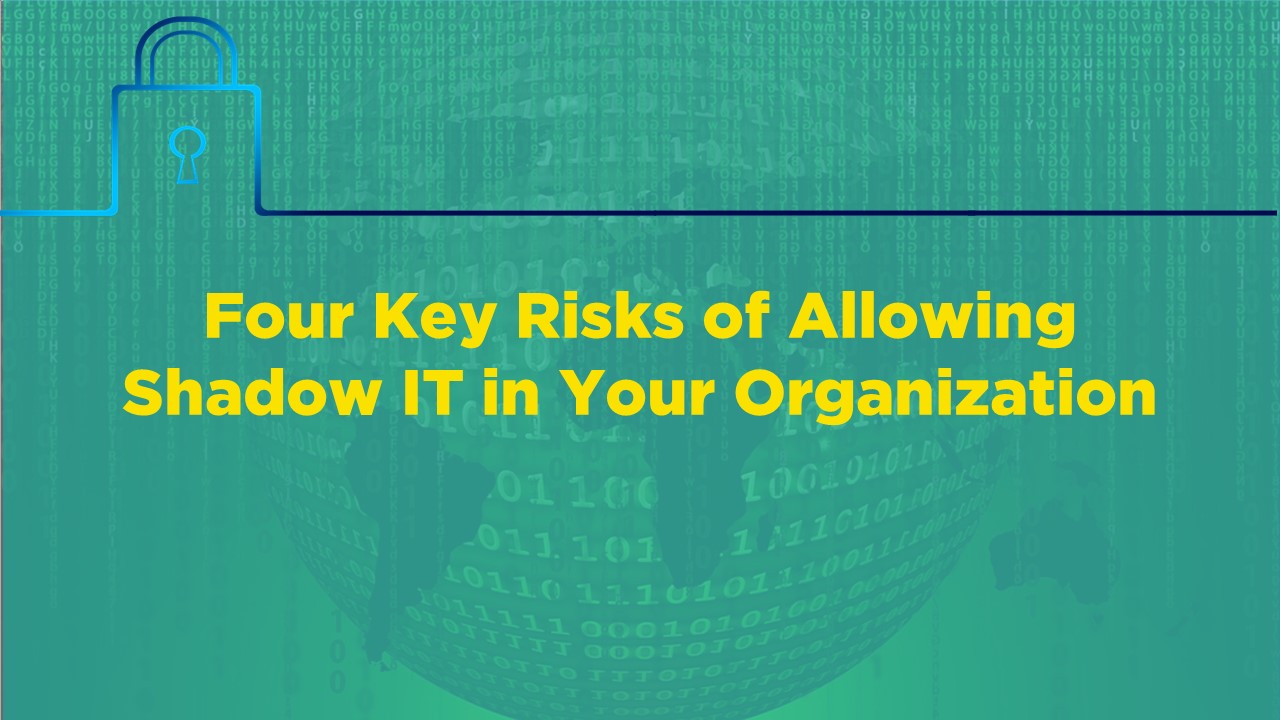When you hear the words “shadow IT”, what’s the first thing that comes to mind?
If your mind went immediately to a negative connotation, you’re not alone. In fact, there are many people out there who think of shadow IT as a type of technology used by hackers to spy on you, or another organizational vulnerability. And, while shadow IT doesn’t refer to hacking or cyberattacks in any way, it is not exactly innocent, either.
In this blog, we’ll look more in depth into shadow IT and why it has the potential to be quite harmful to your organization.
What is shadow IT?
Shadow IT solutions are not inherently bad. If your employees download Dropbox to be able to pass files back and forth, that’s a shadow IT solution. If they sign up for Google Docs so they can co-author a document, that’s also shadow IT. These applications in and of themselves are not evil.
But what makes them harmful is the fact that you don’t know it’s there. And 81% of line-of-business workers and 83% of IT staff admit to using nonapproved SaaS apps, so it’s a very good bet that your employees have installed or implemented shadow IT in your very organization. Shadow IT refers to systems or applications that are on your company’s IT network without your express authorization to be there. So, by that definition, it should be clear that shadow IT does have the potential to put your business at further risk. There is no governance in place to monitor what’s going on.
Think of it this way: shadow IT is often downloaded directly by your employees who are trying to make their lives easier. Because of that, your IT department typically doesn’t know what’s been downloaded, aren’t monitoring how secure those applications are, nor are they aware of what corporate data is being passed around. And, because your employees have begun using these apps directly, without IT’s approval or oversight, there is almost always a severe lack of governance in place that creates a major gap in your organization’s security, creating a vulnerability that cybercriminals could potentially exploit.
What makes #ShadowIT harmful is the fact that you don’t know it’s there. And because of this, it does have the potential to put your business at risk.
Four Key Risks of Allowing Shadow IT in Your Organization
From our experience, there are four major risks of allowing shadow IT solutions to be a part of your organization.
#1. Lack of Governance
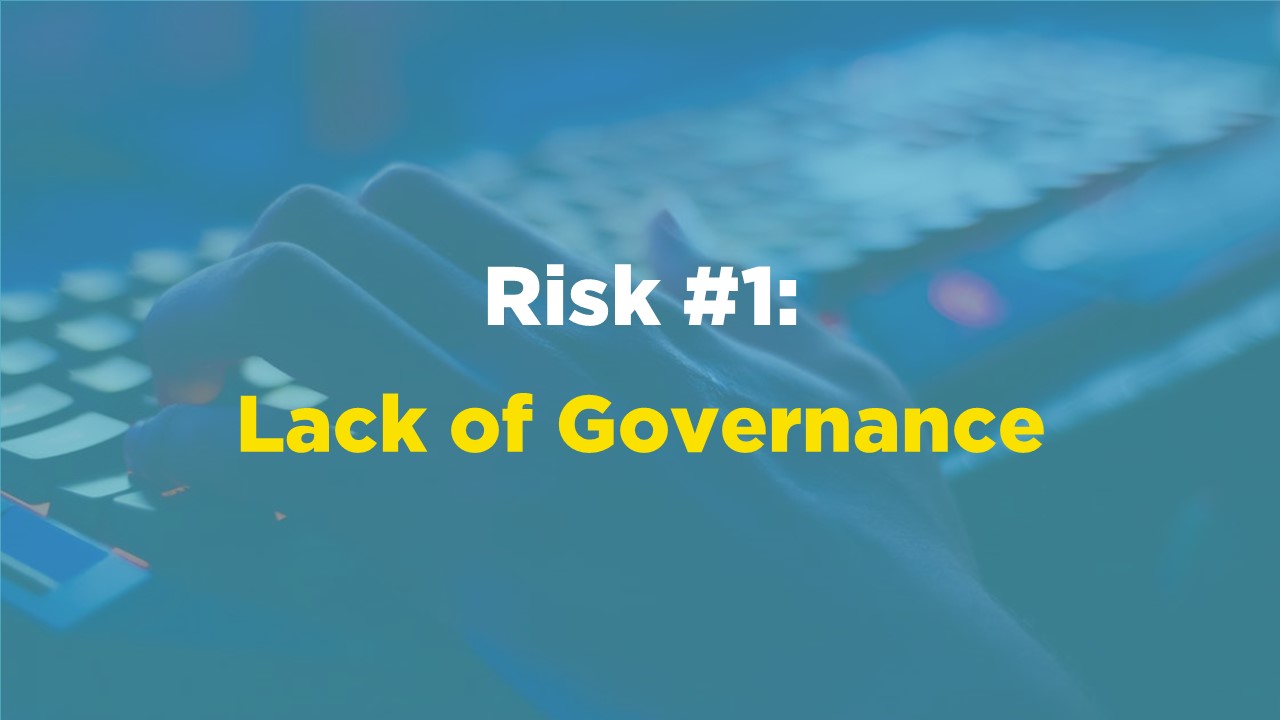
Let’s start with the lack of governance that we discussed in the previous section. Aside from the fact that your IT team doesn’t have insight into what’s happening, there is another serious governance issue to consider – your industry’s regulations. Has your organization adopted ISO/IEC 20000, or any other standards that require you to demonstrate quality to your customers? If so, having shadow IT solutions in your organization could be a potential barrier to renewing those standards.
#2. Undermine software asset management (SAM) compliance
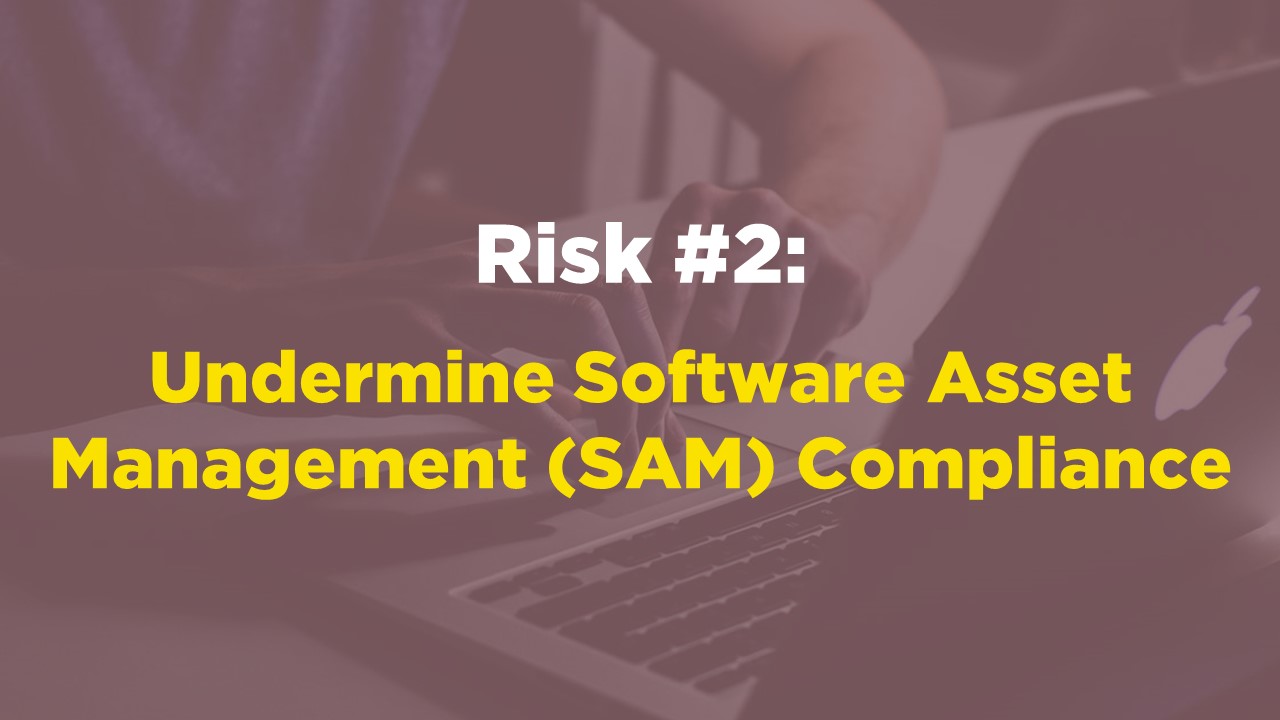
The fact that shadow IT solutions undermine and obstruct proper software asset management (SAM) compliance is another major risk for organizations. SAM can be a huge challenge for IT teams at the best of times, and when the company relies on SAM compliance because it’s mandated by the government to be in place, having shadow IT in your organization can land a company in hot water.
#3. Challenge in configuration management
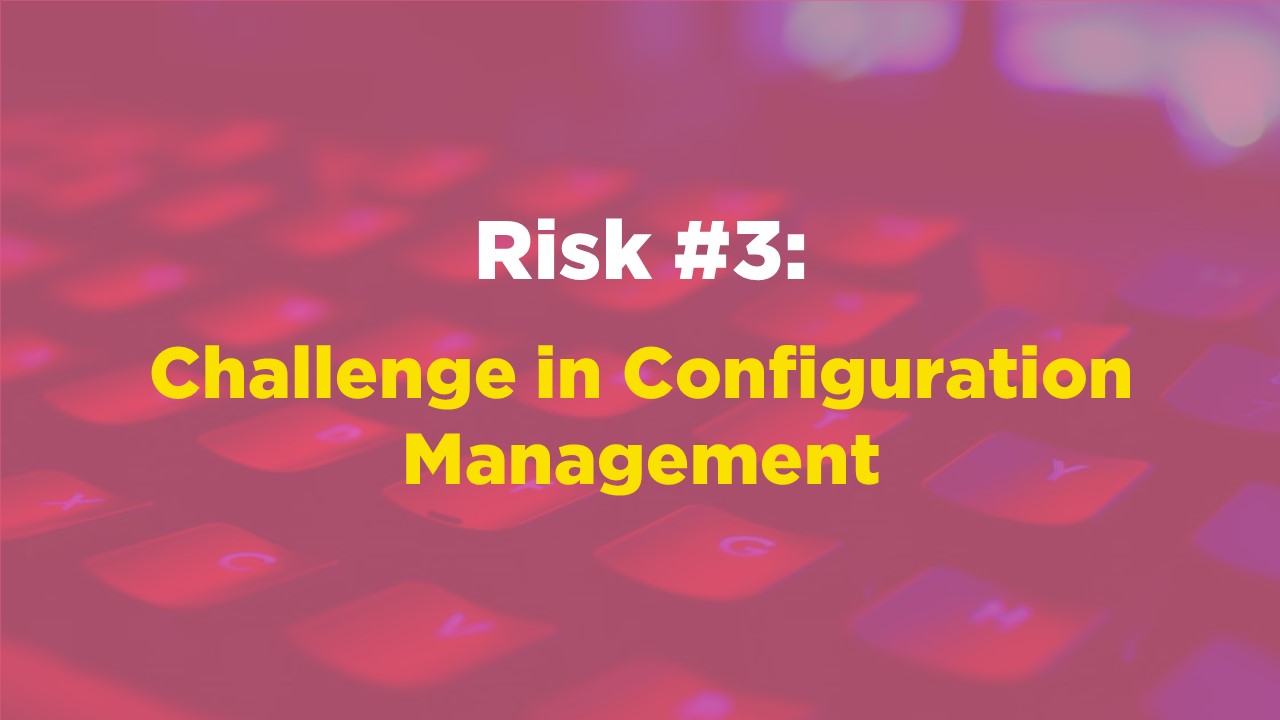
Consider that your IT department may have spent significant amounts of time creating and populating a configuration management database, which helps them to define various relationships between the systems your organization has. This configuration management also ensures that those systems are being updated and supported on a regular basis. If your employees are implementing shadow IT solutions, however, they’re bypassing the official channel for adding services and systems, and thus, there is no more guarantee that those key services or systems can be added or supported any longer.
#4. Challenge in testing and change control
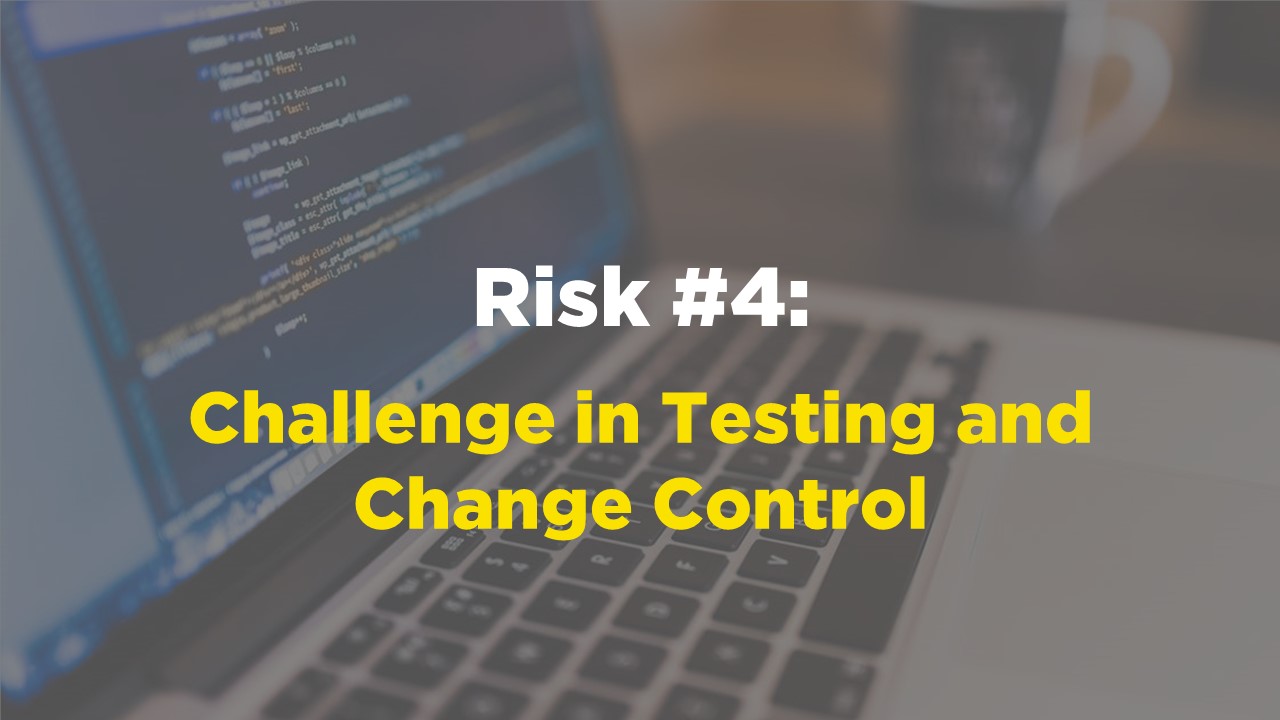
Consider how shadow IT impacts the infrastructure of the organization from a testing and change control perspective. The ability to test software before it’s implemented ensures that any software being added to your infrastructure will not only be compatible with what’s already in place, but also will be compatible with any future changes or upgrades that are made. When shadow IT solutions are added into the corporate infrastructure without the knowledge of your IT team, your employees are bypassing your IT team’s ability to test those applications, which can lead to major problems down the road.
So, What Can You Do About Shadow IT in Your Organization?
Your employees are only trying to make things easier on themselves, but they may not be aware of the dangers or risks associated with implementing an IT solution that you don’t know about. Eliminating Shadow IT in your organization is not about limiting agility, but rather applying some governance to make your organization more secure and ensure there’s less risk to your business.
Eliminating #ShadowIT in your organization is not about limiting agility, but rather applying some governance to increase your organization’s #SecurityPosture & ensuring there’s less risk to your business.
The first step in protecting your organization from shadow IT is understanding what shadow IT may have already been implemented without your knowledge. And ProServeIT’s team of experts can help with our Cloud App Discovery Process, which will identify what Cloud applications are currently in your environment and assign a level of risk associated with these apps. With the results from this process, we’ll develop a risk profile so that you can decide how much risk you’re comfortable with as an organization. If that level of risk is too high for you, we can also work with you to develop a plan around various tools or processes that you need to put into place to reduce your risk to a level that you can be more comfortable with. Contact us today!
